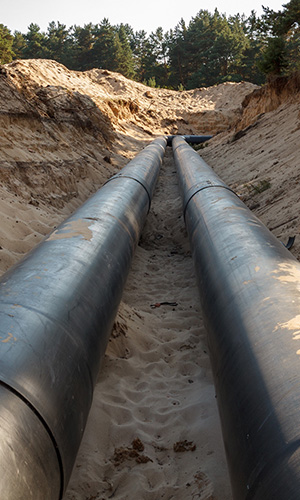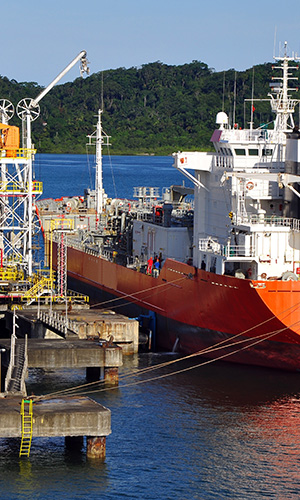
Anotec’s first specialist cathodic protection systems built was in fuel stations. During this long tradition Anotec has built a unique expertise in cathodic protection systems development for underground storage tanks. The choice of materials and techniques is driven by a concern for long life corrosion protection. All materials used, like MMO coated titanium anodes, long life reference electrodes and high quality cabling and transformer-rectifiers make Anotec’s impressed current systems one of the references in the fuel station market in Belgium and Europe.
The recent development of the Scotty communication system is the next step forward. All system’s data like protection potential, ON and OFF current and voltage may be read at distance. Scotty has the unique feature that it is capable to inform the user, in case of a technical problem, which item (TR, cable, anode, grounding, etc.) is responsible for the error.
For quotations please send us following details:
- number of storage tanks
- carbon steel or stainless steel
- distance between storage tanks and technical room
- fuel station’s location
- communication system requested or not
Following material data sheets may be consulted for fuel stations :
- Borin Stelth 2 reference electrodes
- TiMMO strip anodes
- XLPE/PVC or Kynar HMWPE cables
- CR 2406 and CR 2403 transformer rectifiers
- Scotty communication system






